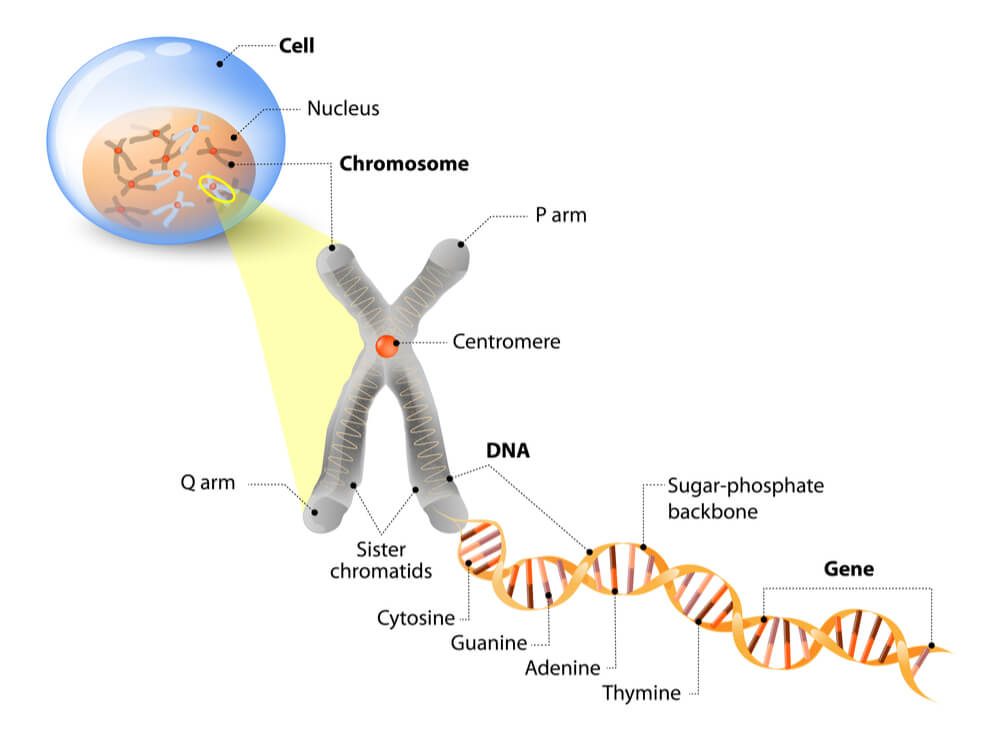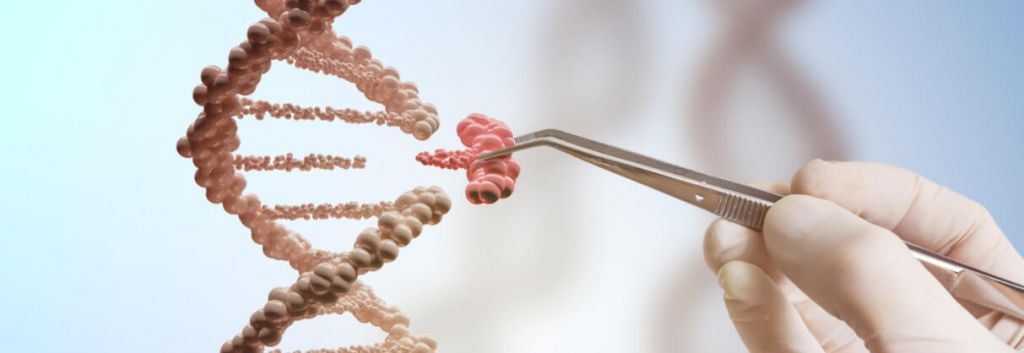US Scientists have developed a new form of CRISPR, base editing, which can repair tiny genome segments, smaller than a single gene.
Here at Labiotech, we focus on European biotech, but this was too big to miss: Researchers based at MIT and Harvard have described a new way of editing DNA and RNA — base editing. The research, published in Nature and Science explains that the technology can repair errors in single DNA base pairs called point mutations, and it could be used to treat conditions that currently lacking options.
Base editing is a modified form of CRISPR that can alter a single base without breaking the DNA strand. This is important as the insertion, deletion or swapping of a single base pair, a point mutation, can cause disease. In fact, point mutations make up 32,000 of the 50,000 changes in the human genome known to cause disease.
The researchers were able to transform an adenine (A) into a guanine (G), which could help to treat around 16,000 known disease-causing point mutations. CRISPR was modified to target a single base by rearranging the atoms in an A to resemble a G. Cells were tricked into fixing the error and, as a result, an A-T base pair became G-C. This technique gives us the power to rewrite errors in the genetic code instead of cutting out large chunks of DNA.

This by no means leaves the ‘old’ form of CRISPR redundant, but it does give a better technique to fix point mutations as David Liu of Harvard University, explained: “[CRISPR-Cas9 makes] double-stranded breaks in DNA, which is especially useful when the goal is to insert or delete DNA bases… But when the goal is to simply fix a point mutation, base editing offers a more efficient and cleaner solution.”
The group is now investigating its use for a number of indications including blood disorders, neurological disorders, hereditary deafness, and hereditary blindness. Focusing on blindness, it is a condition that has received a lot of attention from the gene therapy field, and base editing could help to take current technology in development to the next level.
Biotechs that are active here include NightstaRx, which recently went public on the Nasdaq – aiming to raise $75M (€64M) to support its single-shot therapies, and Eyevensys that entered clinical trials with the first virus-free gene therapy. uniQure and GenSight are two more biotechs that have also enjoyed some success in the gene therapy field with hemophilia and eye diseases, respectively.
Images – vchal / shutterstock.com; Designua / shutterstock.com





